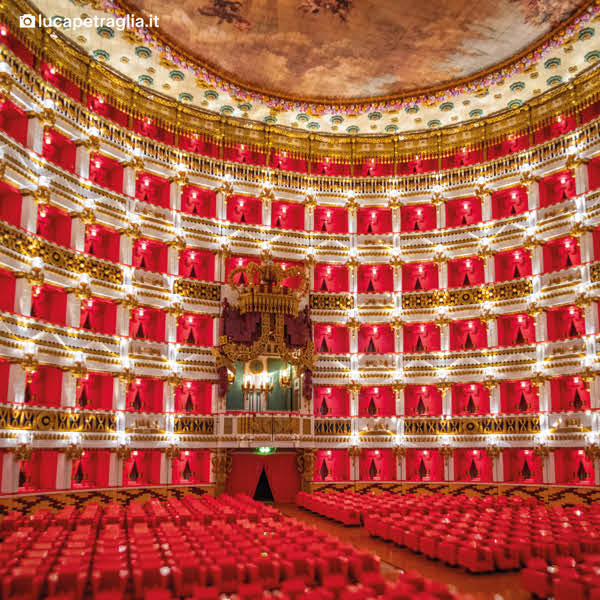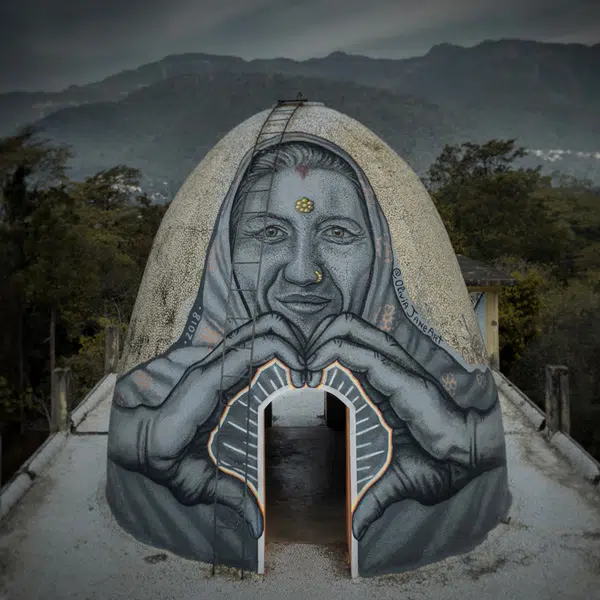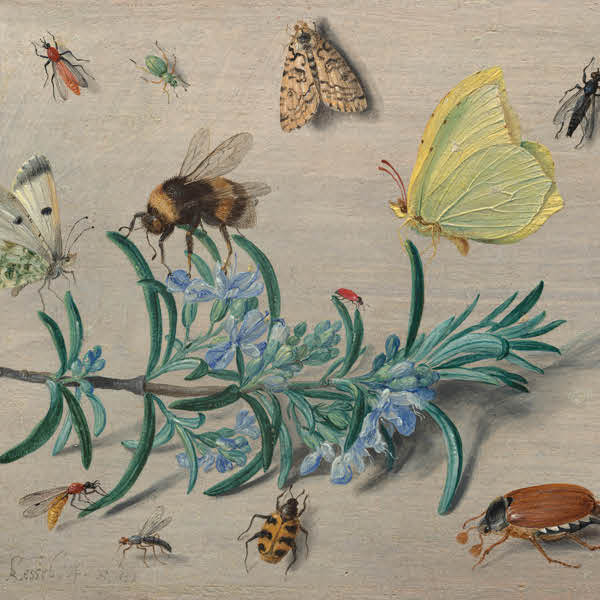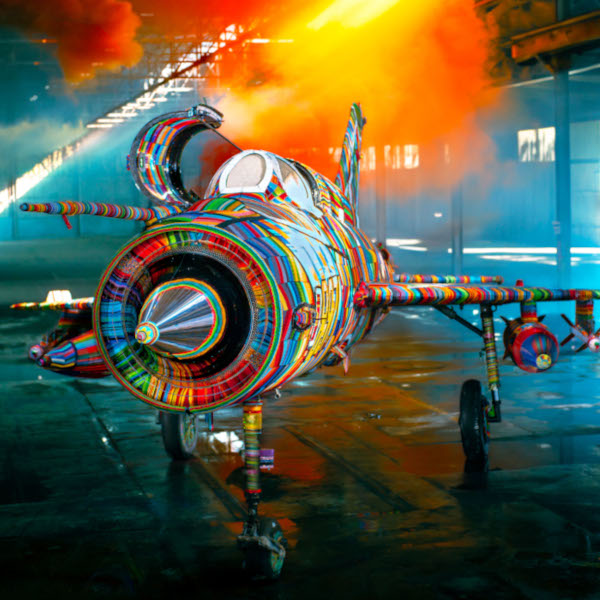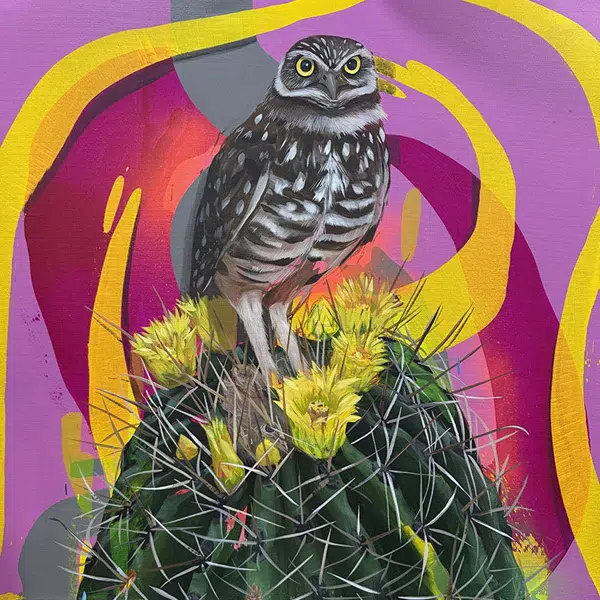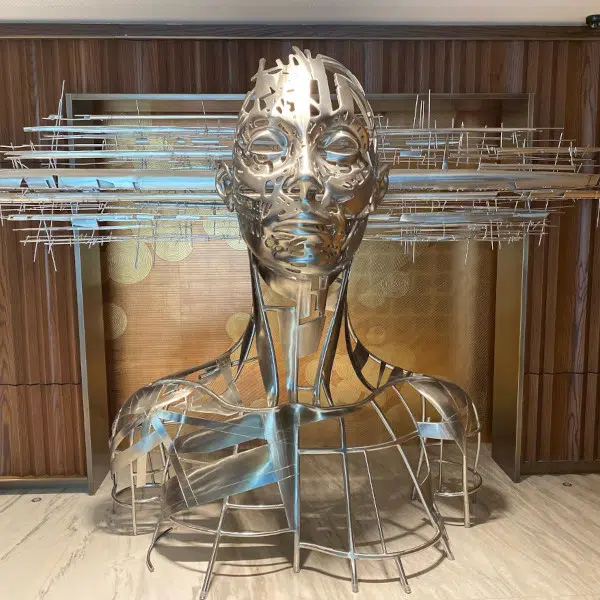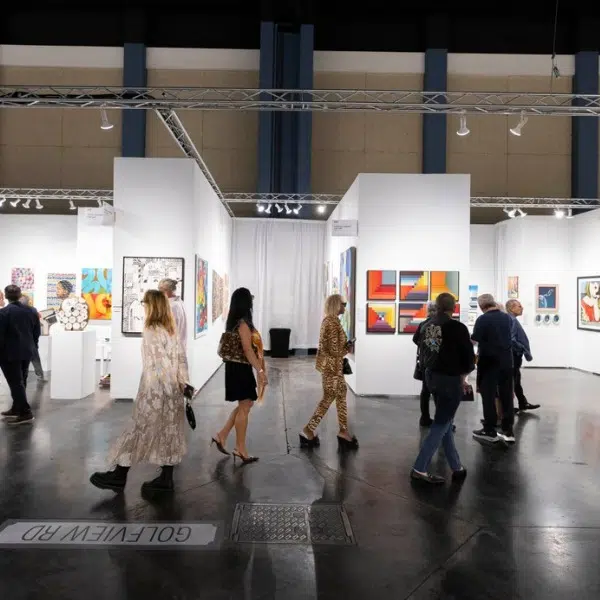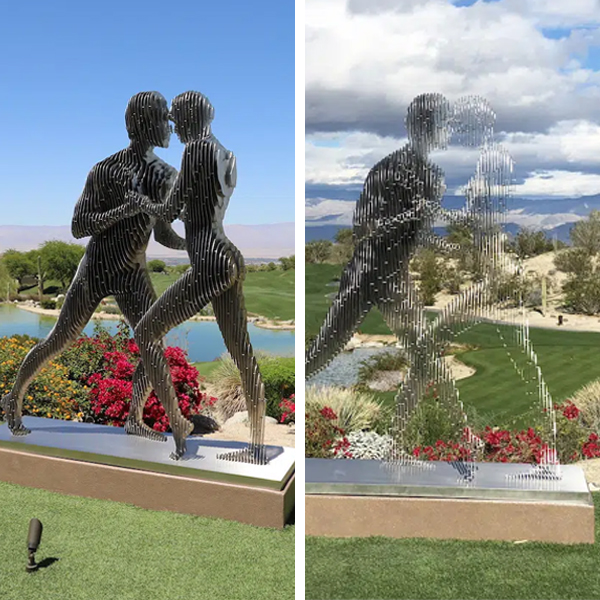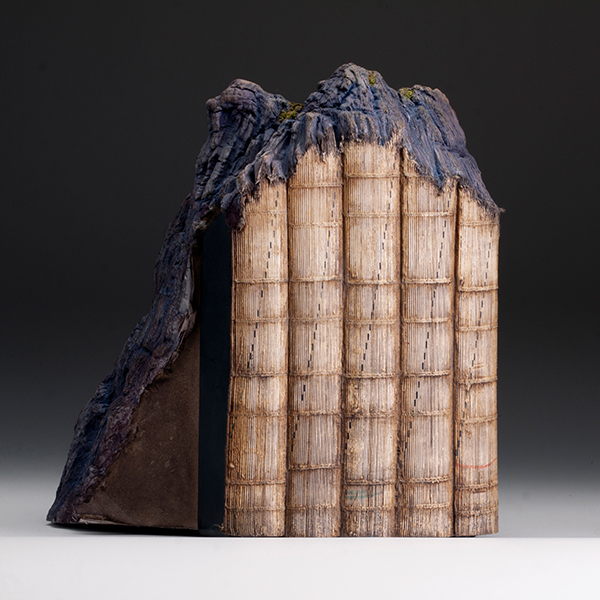 Chances are you've already seen artist Isaac Cordal's sad street sculptures while browsing the web. Made of cement, then reproduced with silicone molds, these tiny sculptures are usually hidden on the street – alone and isolated from the world. Little do they know that they've been appreciated online from street art sites like WoosterCollective and Unurth to trendsetting sits like TrendHunter and us here at My Modern Met.
Chances are you've already seen artist Isaac Cordal's sad street sculptures while browsing the web. Made of cement, then reproduced with silicone molds, these tiny sculptures are usually hidden on the street – alone and isolated from the world. Little do they know that they've been appreciated online from street art sites like WoosterCollective and Unurth to trendsetting sits like TrendHunter and us here at My Modern Met.
What makes Cordal's art so fascinating is that he has a way of making us feel some sort of emotion or connection to these sculptures. They reflect our overall sadness with the state of the world, making us look inside ourselves to find the change we can ultimately believe in.
I caught up with Cordal to ask him some questions that have been in the back of my mind since I first laid eyes on his work. Read that interview below.
How has your cement sculptures changed over the years? It seems as though you make your sculptures relevant to today's news.
The Cement Eclipse sculptures are getting increasingly smaller. I have worked with cement since 2001 with large sculptures that were very difficult to move. So, in this project, they are smaller in scale and greater in mobility. In this sense, I can travel and place them on the street very easily, because of their size they camouflage well.
Marc Aug (in his book Non-places: Introduction to an Anthropology of Supermodernity) wrote: “History is on our heels, following us like our shadows, like death.” The daily global news become part of our local area. It seems that just around the corner, we can find out about the eruption of a volcano, a popular revolt, or an ecological disaster. This is called “The Death of Distance.” Our perception of the events that happen around us has changed considerably with new technologies. Information of today has zero latency, it's in real-time. This is “the acceleration of history” predicted by Marc Aug. I find it very interesting to reflect on current problems and provide coverage through art. Events occurring today aren't very different from those that were relevant in past decades. Everything is repeated with different actors but we live in a time where we certaintly reap the fruit of our past wrong decisions. In this regard, we need to change.
Swine Flu Infected Area

Summer Sponsored by BP

Border

Which piece has gotten the most attention and why do you think it has?
I'm not sure which pieces have received the most attention. Perhaps Follow the Leader and Lehman Brothers. I guess the audience liked it because both works express something that we feel about our political leaders and those who drive the economy. We cannot follow them when they lead us down the wrong path.
Follow the Leader 1

Follow the Leader 2

Lehman Borthers

I particularly enjoy your sinking sculptures. What does sinking symbolize to you?
These pieces reflect our own decline. We live immersed in the collapse of a system that needs change. I find it very interesting, the idea of de-growth (dcroissance in french) given by Serge Latouche, creating a world led to more sustainable policies for the environment. “Maybe we need to aim to create a society that is based on quality not quantity, on cooperation and not competition.”
Slowly Sinking

What happens to these cement sculptures? Do they live on the street forever? Do strangers pick them up?
Many of my sculptures I leave on the street, usually pasted on walls. They become part of the ornamentation of some cities. Their survival in the street depends on many factors. Their main predators are cleaning services, weekend thieves (they become an alcoholic's Olympics games), or curious people who think that street art is only for them. Street art is for everyone, not for one. It is here to stay in the streets.
Street Art

Can you tell us about your book?
I'll publish my first solo book in the upcoming months with English editorial by Carpet Bombing Culture (UK). This book collects many of my art works made from the past three years. I hope this launch will expose more people to my work.
Summer in London – Close

Summer in London – Far
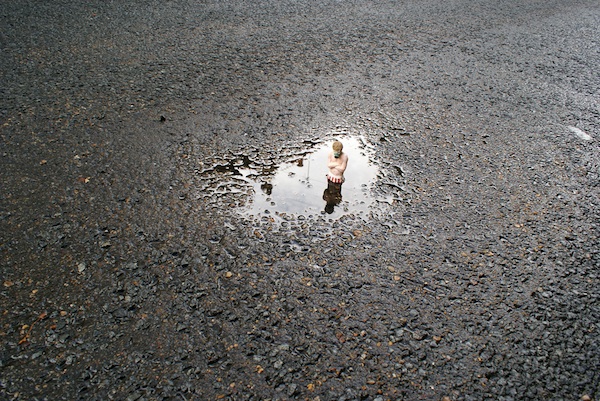
Where do you go from here?
I will try to continue working on Cement Eclipse sculptures and new projects. Also, I'll try to pay my bills! If someone wants to help me with it, please don't hesitate to get in touch. 🙂
Thanks for the interview, Isaac. Your sculptures are wonderfully sad.
Make sure to check out Isaac Cordal's website for more information.











































































